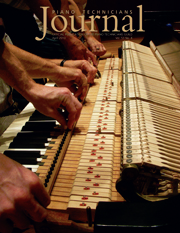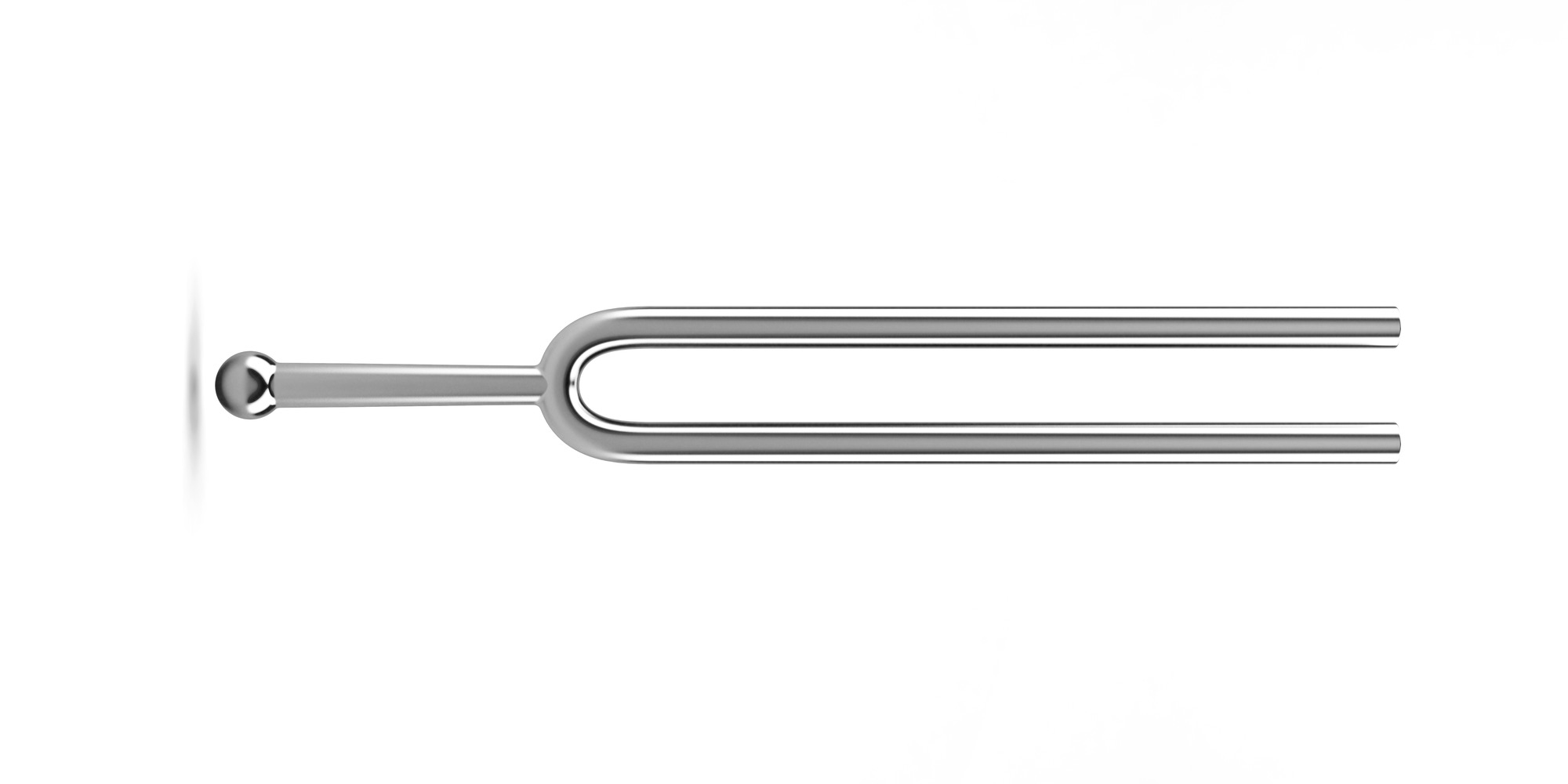"Using Gram Weights When Regulating Repetition Spring Tension"
by Robert Callaghan, RPT
When I first started in my current position I was asked to regulate the concert piano. When I finished and the key touch weights were good, there was still a vague unevenness when playing as softly as possible. I thought that the area of the regulation where I had the least exact control was in the repetition springs, so I started investigating there. All the literature on the subject says for the spring to be strong enough to lift the hammer quickly but not so much as to make it jump. For me one thing that made a precision adjustment difficult was that it all happened so fast. That lead me to the question of how to make it all happen in slow motion.
I came up with the idea of temporarily adding weight to the hammer to slow it down. Select a hammer that has all the qualities of repetition you like. Place the action on a workbench. Put that hammer in check. Place a gram weight on the hammer shank next to the flange. Select such a weight that the spring can just barely lift the hammer when released. I found that generally I like to use 8 grams in the bass, 6 grams in the center, and 4 grams in the high treble. Transfer the weight to the next hammer shank and adjust the repetition spring to make this one act just like the trial. The photograph shows a gram weight in position. The thread is tied to it to help retrieve the weight in case it falls off the shank into the action.
As the technician it is your judgment call as to which is the correct weight to use, and you need to experiment and find the most effective combination for your situation. But this did have the desired result of making the touch more even in extreme pianissimo playing.







